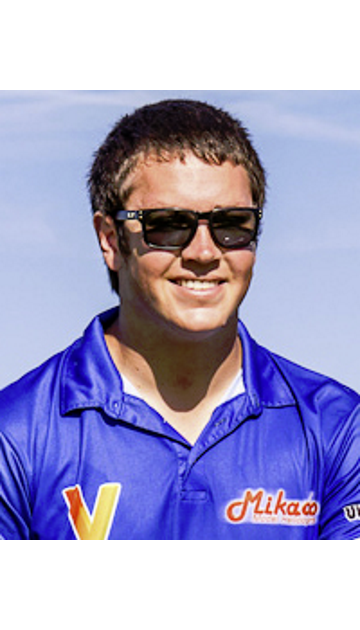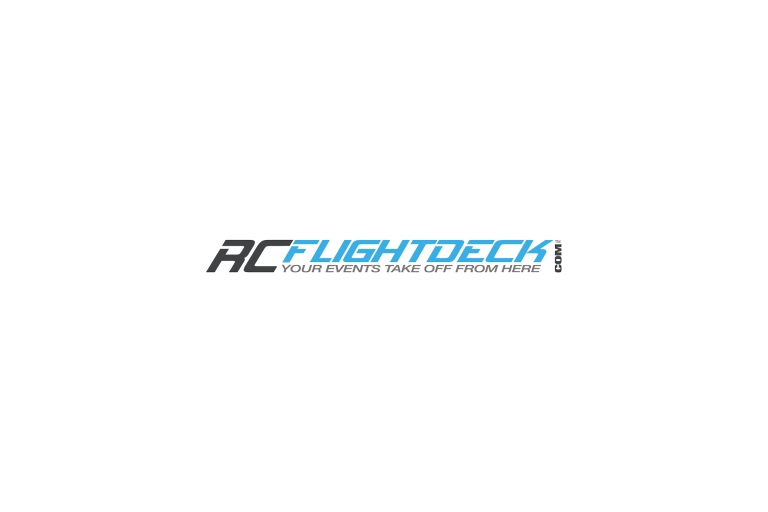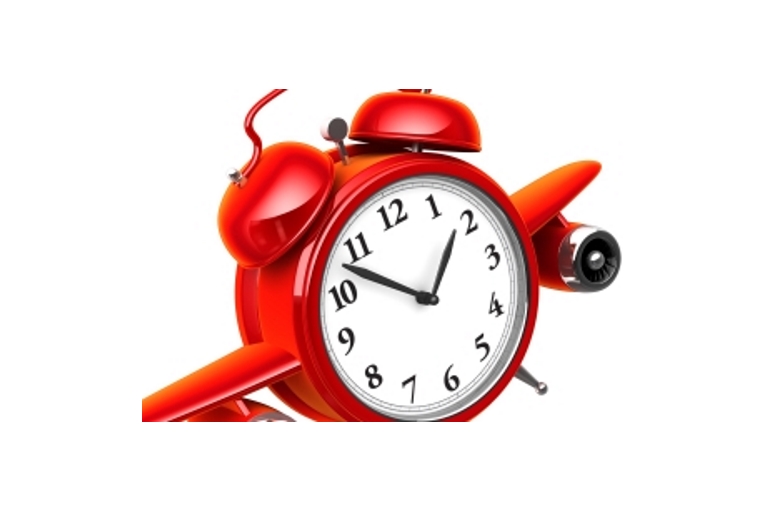What is this?
Some Things You Should Know About 3D Trials
A Long Time Coming
There was a time when RC heli competitions were not uncommon in America. Today all over Europe you'll find people coming together under various formats to test their mettle against other 'normal' pilots. But in the U.S. if you want to compete in 3D, your only real options are Futaba XFC and IRCHA's "The One Competition". There is nothing wrong with either event, except in order to get there, you have to be among the best in the world. That leaves a gaping hole for the rest of us.
Spreading The Love
So a few friends put our heads together and decided to do something about it! Initially launching in the Pacific Northwest, our hope is that other individuals or groups will follow the 3D Trials formula to create hyper-accessible venues for area pilots to get their feet wet in legitimate competition. By spending the extra effort to create a well polished format and brand, we strive to lower the barrier to entry for others all over the country to produce similar events by leveraging what we've created.
Where it begins
This first event will be held on September 18th, 2015 at Ediger Farms in Dayton, Oregon. In conjuction with the Third Annual RC Heli Nation Fun Fly which runs all weekend. The competition is free, both to compete and to spectate - and we strongly encourage family and friends to come cheer on their pilots.







